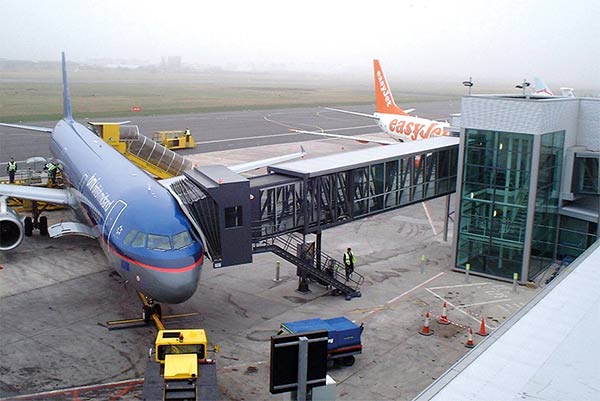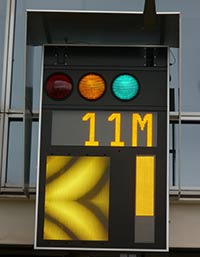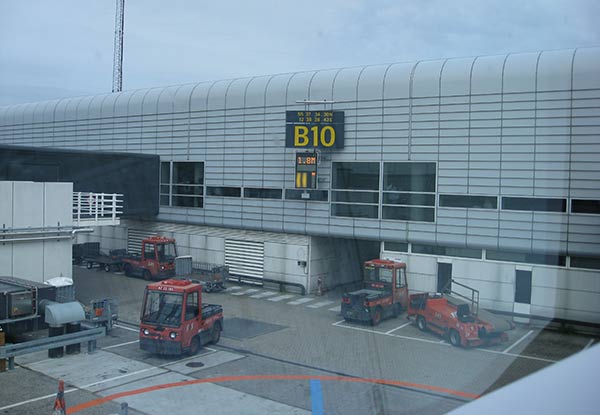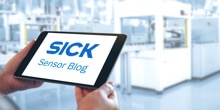Saving time and fuel as well as stopping at the gate quickly and safely are the most important benefits offered by the optical aircraft docking systems by FMT Aircraft Gate Support Systems AB. The Swedish company develops and produces passenger boarding bridges, visual docking, information, and management systems for airports. LD-OEM 2d laser scanner from SICK ensure that aircraft accomplish precision landings not only on the runway but also in front of the passenger bridges at the gate.

 2d laser scanner LD-OEM
2d laser scanner LD-OEM
LD-OEM from SICK, which works reliably at airports all over the world, is an important and critical component in the Visual Docking Guidance System. Moreover, the LD-OEM is absolutely eye-safe, thus posing no risk to the human eye. In joint development work by FMT and SICK, it was possible to integrate customer-specific requirements into the sensor.
Autopilot for safe docking

The optical docking system from FMT shows the pilot via a display how far away it still is from the stopping position and what the current lateral deviation of the plane is on the way to the gate. The distance and the angle in relation to the parking position are determined by means of the LD-OEM. To this end, the sensor generates a vertical scan line along the ideal approach path of the plane. At short intervals, the LD-OEM transmits the established values to the controller of the FMT docking system. Since this is where the airplane types with their dimensions are saved in a database, the system can determine the exact stopping position for the incoming plane, showing this data, together with the steering information, to the pilot on the display. In order for the passenger bridges to be able to move up to the aircraft doors precisely upon reaching the final position, the docking system transmits the parking position data to the bridges.

Using the FMT docking system and the 2d laser scanners from SICK not only makes the docking process more reliable but also faster. This reduces turn-around time at the gate - and thus costs for airport operators and airlines alike.

- Product information: 2d laser scanner LD-OEM
- Product portfolio: Outdoor laser measurement technology
- Customer information: FMT Aircraft Gate Support Systems AB

